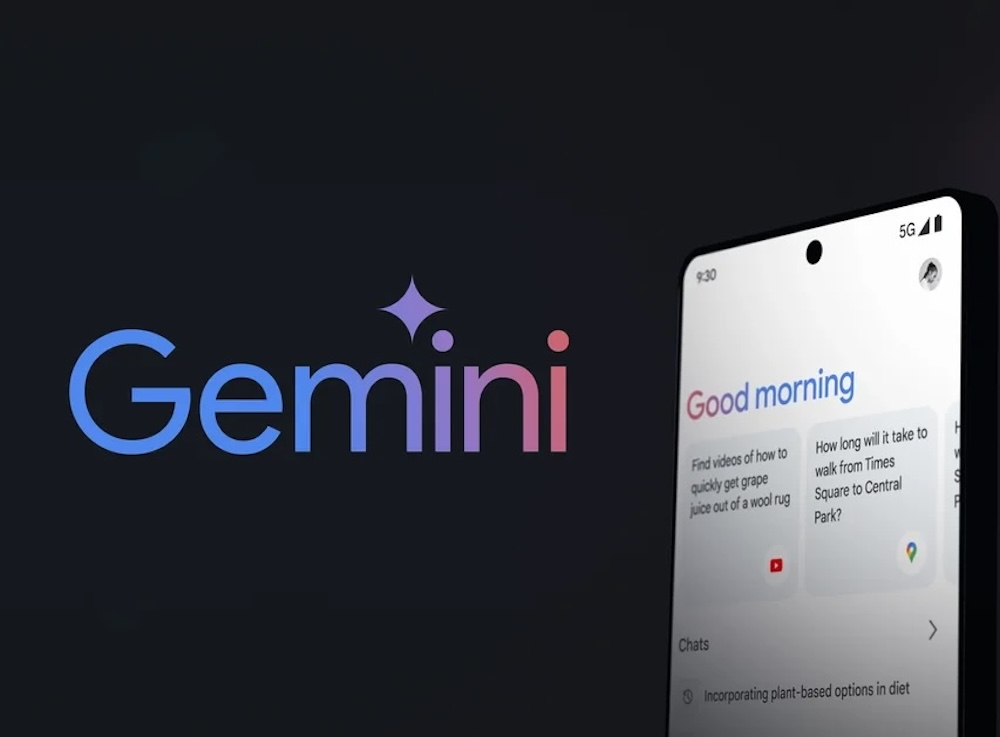What Apple’s clever plan for Generative AI might be

Apple has apparently been chatting with Google concerning use of the latter’s Gemini artificial intelligence engine in iPhones, a Bloomberg report claims.
The claim is that Apple is discussing licensing Gemini for some new features on iPhone, but little more is known about how these may or may not be implemented. The report says similar talks may also have taken place with Chat GPT/Open AI.
Making friends the smart way
Now there is a lot being read into the implications of this, but here’s how I see it:
We know Apple is working very hard to develop its own AI solutions. But I think it reasonable to believe it is focusing its efforts on specific AI tools for tasks it thinks it can make a difference in, while outsourcing more generic AI tasks.
We’ve seen a slew of news emerging from Apple’s AI teams in the last weeks These revelations suggest a research focus on edge intelligence, machine vision intelligence, accessibility, and tools to further enhance and improve the experience users have working in apps. (The company is thought to be building useful code based tools within XCode, for example).
As recently as this weekend, the company was revealed to have developed new methods to train LLM models using both text and visual data. This is an important evolution Apple’s researchers, “Produces competitive performance on a wide range of benchmarks, while enabling multi-image reasoning and few-shot prompting.”
Take it to the edge
Delivering AI at the edge is a great idea, but to deliver a tool as wide in scale as Gemini or ChatGPT at the edge would prove pretty difficult, mainly I think due to the size of the machine learning models/data such services rely on.
But creating domain-specific tools that provide high degree AI for specific tasks makes for smaller models, which means edge data processing is more possible.
What this means, then (at least to my mind), is that Apple aims to provide excellent tools that work really well for specific tasks, and supplement these with built in access to third-party LLM tools (such as Gemini/Chat GPT).
If that’s true then it means that rather than create an AI to do everything well enough, Apple’s aim is to at first create tools that do a more limited number of tasks really well, at the edge, and all with user privacy as an inherent aim.
What that means is that users will gain choice.
A secure and private Gen AI
They won’t need to use server-based LLM for some things, which implies the things they do use Apple’s AI may turn out to be the actual productivity tasks most companies are now banning use of LLM models to do.
This gives customers a way to actively harness powerful artificial intelligence to get things done, while at the same time enabling them to be highly specific about when they do choose to share their data with server-based solutions.
It also means regulated and data privacy conscious industries can look forward to some of the powerful productivity solutions of this fast evolving technology being delivered while remaining compliant with their own privacy and data use policy.
That last statement may seem a little dull at first sight but is in fact the most interesting thing of all. It’s not until technologies like these can be used in private and secure ways that they will become truly suitable for the enterprise.
This alone means Apple is justified in what Apple CEO Tim Cook called significant investments in the tech, including the Darwin AI acquisition revealed just last week. We’ll learn a lot more at WWDC in a few weeks’ time.
Please follow me on Mastodon, or join me in the AppleHolic’s bar & grill and Apple Discussions groups on MeWe.




